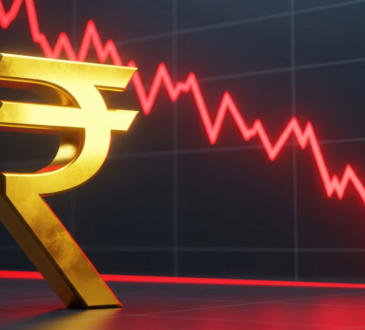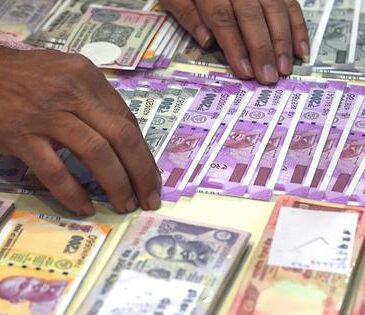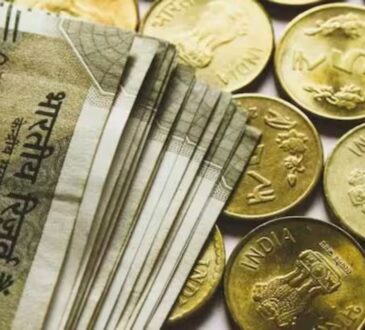By end-April, the REER had corrected to 100.80, suggesting the overvaluation had already been addressed. That’s the latest available data, as per the RBI bulletin. However, since then, the Rupee has underperformed its Asian peers.
It has been the worst performer—weakening 1.3% against the Dollar—while the offshore Yuan has appreciated 1.1% during the same period.
Other Asian currencies have gained between 0.4% and 7%. Based on this trend, the current REER could be close to 98.5, the lowest since February 2019, implying the Rupee is now deeply undervalued.
This correction appears to be deliberate. The RBI has tactfully used the period of Dollar weakness, allowing the Rupee to weaken subtly while other currencies appreciated against the Dollar.
Volatility, though higher than under the previous regime, has remained under control. While the perception might be that the Rupee has been stable, it has actually weakened about 10% against a basket of peer currencies over the past seven months. The RBI has also significantly squared off its short forward book, which had swelled to $90 billion.The correction in the Rupee’s overvaluation can be viewed as a third pillar of monetary easing. While repo rate and CRR cuts have been widely discussed, this form of loosening often goes unnoticed.Such a correction could support India’s emerging manufacturing momentum.
On the flip side, Cross/INR rates have surged to all-time highs—EURINR is approaching 100 and GBPINR has crossed 116.
We have been advising clients to avoid raising ECBs in EUR, JPY, and CHF. These are alternative reserve currencies and tend to outperform during trade tensions or periods driven by U.S. tax cuts. Forward points have collapsed.
The 5-year forward yield is at 2.7%—an attractive level for those looking to hedge long-term USD payables.
We believe the Dollar may continue weakening against major currencies, although it could remain firm against Asian and EM currencies. That said, we expect the Rupee’s underperformance to end soon.
With the overvaluation largely corrected, the Rupee is likely to align with its peer group. We expect it to track the Yuan more closely going forward.
That said, recent geopolitical tensions in the Middle East and the spike in crude oil prices pose near-term risks for the Rupee. However, we believe the RBI will act to prevent any one-sided, idiosyncratic moves.
Over the next 7–8 weeks, we expect the Rupee to trade in the 85–87 range, with a slight weakening bias.
(The author is Founder and CEO IFA Global)
(Disclaimer: Recommendations, suggestions, views, and opinions given by experts are their own. These do not represent the views of the Economic Times)





